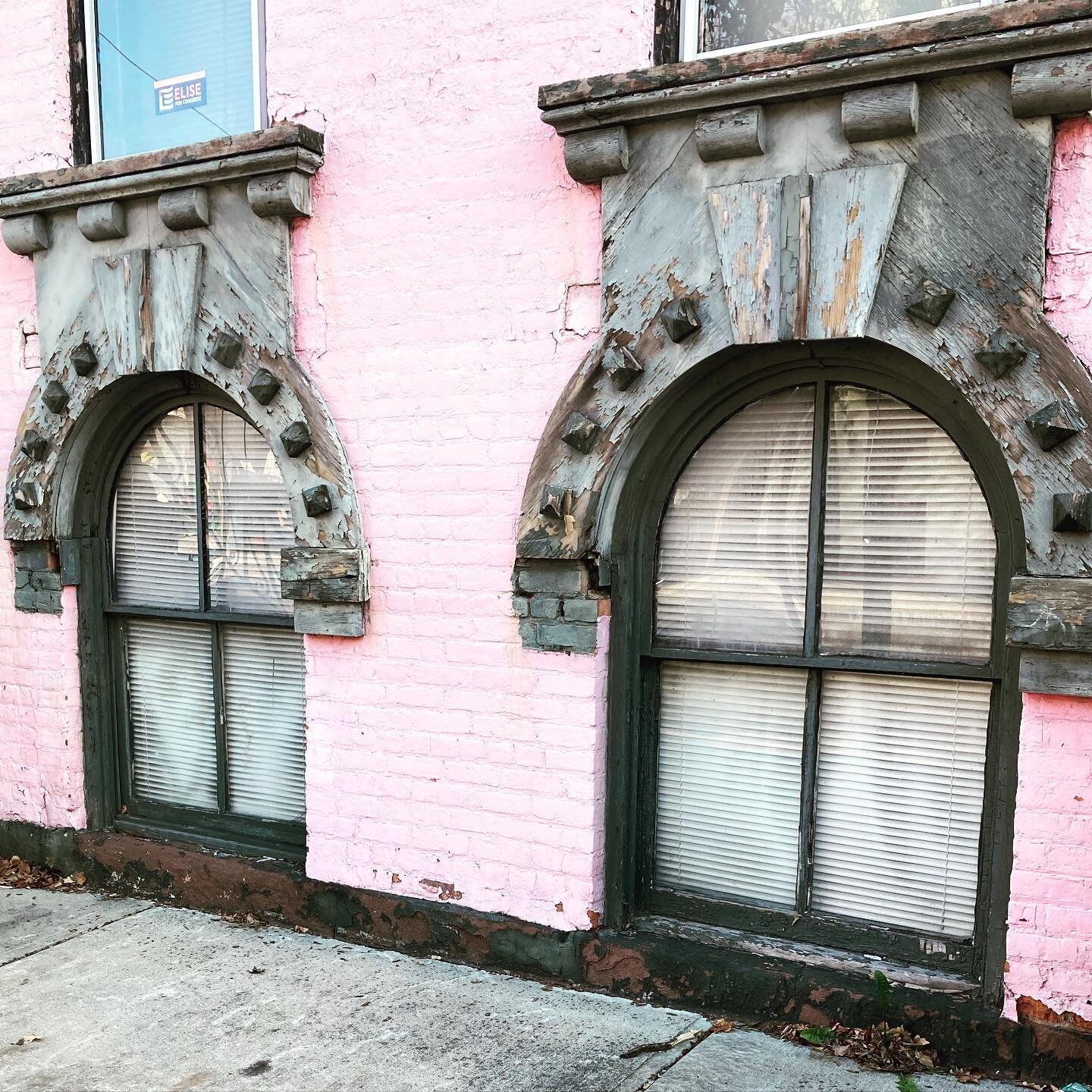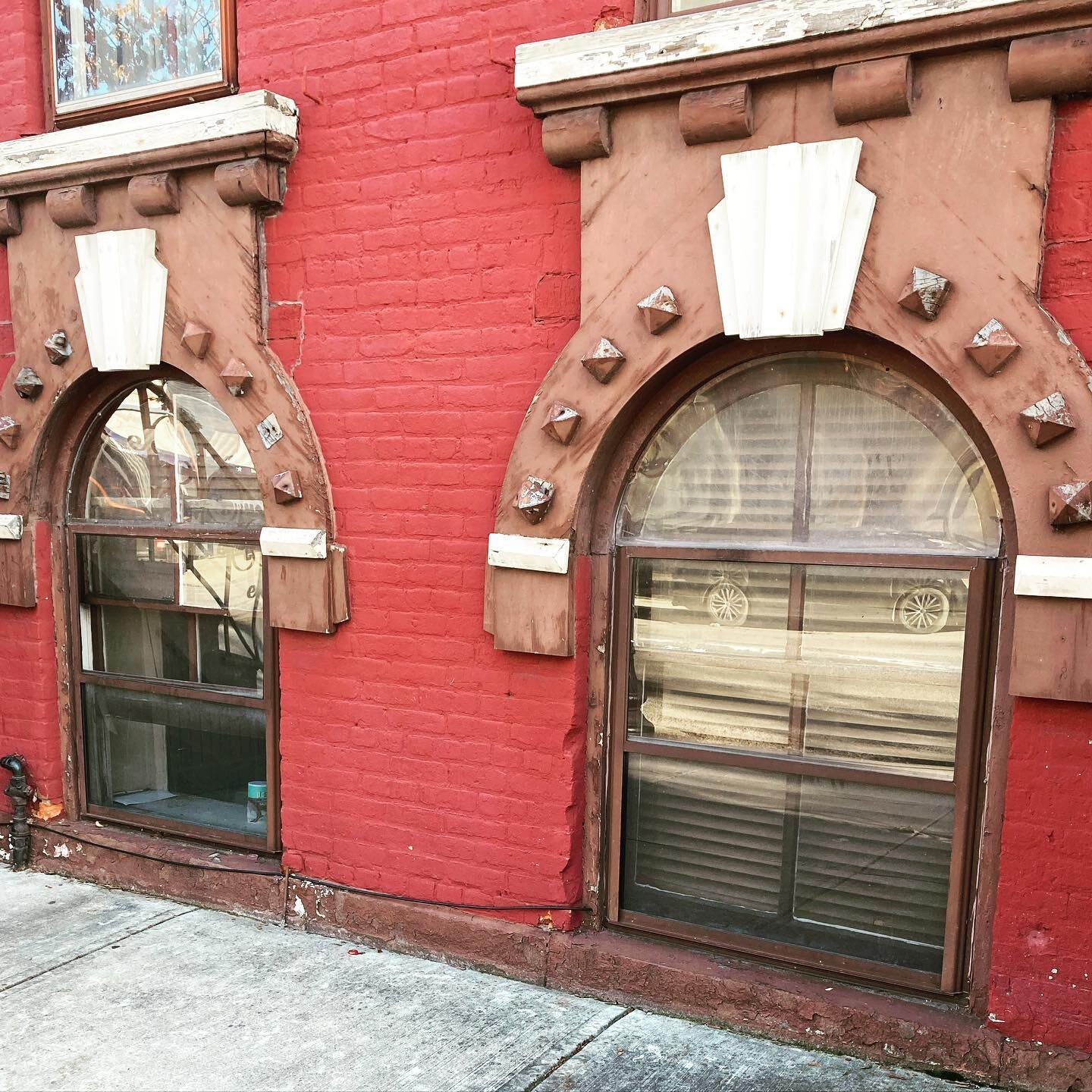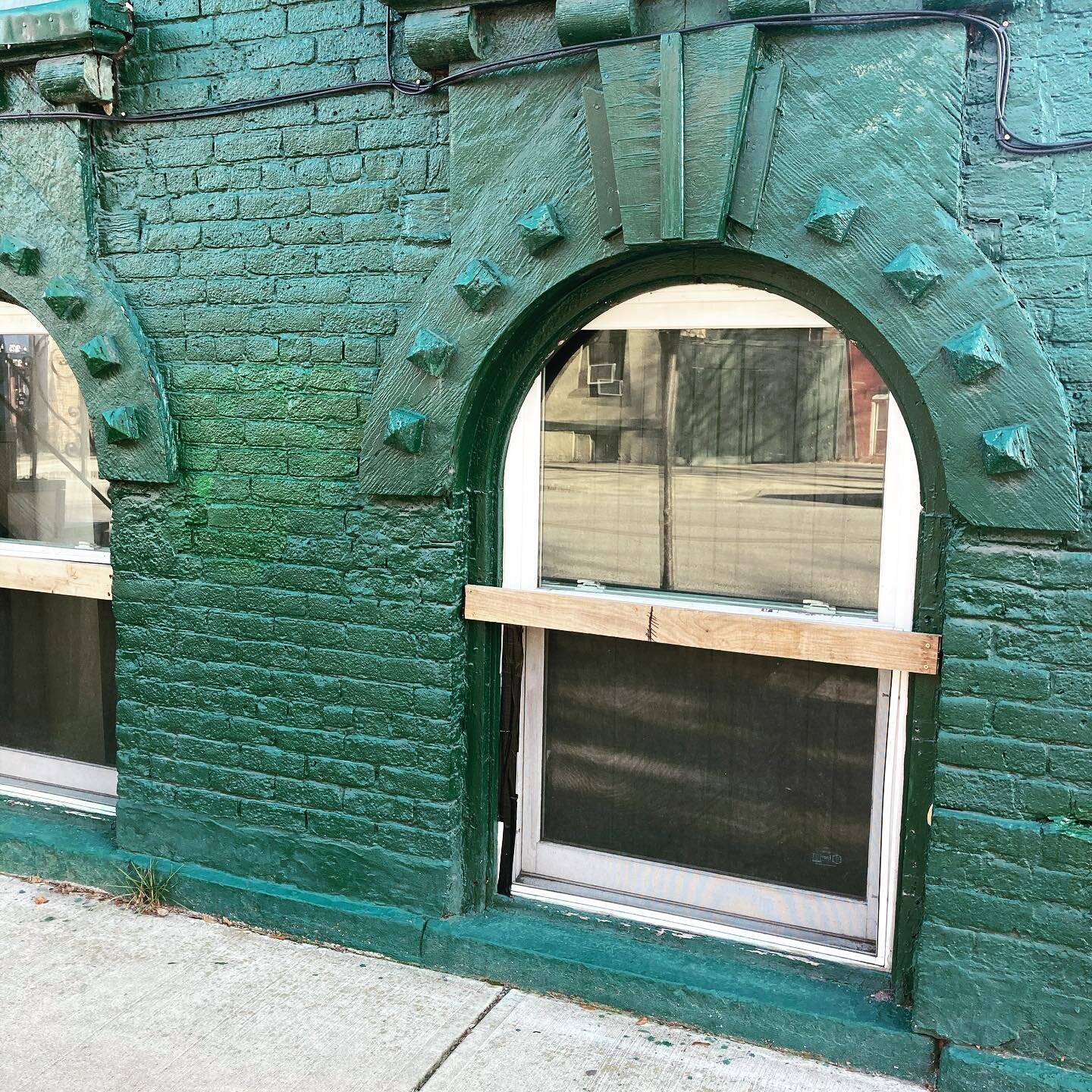#WhereinAlbany - Madison Place
/A few weeks ago, we snapped a photo of one of the beautiful houses on Madison Place, located adjacent to the Cathedral of Immaculate Conception and opposite Bleeker Park in the Mansion Historic District of Albany.
These properties on Madison Place create quite a streetscape, with only one of the original buildings lost to demolition (number 4). Several of the houses have ornate gothic detailing which is quite uncommon in the city. The style of these buildings (#10-5) is thought to be inspired by the nearby Cathedral. The building further down the road (#1-3) were built a little later, during the 1870s.
The first in the gothic group of five (the #WhereinAlbany post to the right) was built in 1845, along with its neighbor in blue next door. The next few properties down were built a little later but are of the same style. This group of buildings notable features include “Tudor arches and tracery at entry; hood moulding (and) wrought iron railing” (see Cris inventory form here) . The form even mentions stained glass at entry.
Who Called it Home?
The house was occupied first by a Mrs. J. R Johnson until 1875 when the Aaron Mann family moved in. This family was associated with Mann, Waldman & Company, a dry goods firm located on South Pearl Street. Their neighbors included Theodore V. Van Heusen who was affiliated with a china shop located at 470 Broadway and occupied number 6. Number 8 was occupied by Mrs. Alexander Davidson, who owned the house from 1872 until her death, following which the house was converted into apartments. In the same year (1914) number 9 was also converted. A little further down the road number 5 was a multi-family home by 1895 whose tenants ‘seemed to be of the working class’.
We hope you enjoy playing #WhereinAlbany, and learning more about the city’s architecture and the stories of the people who called these places home. If you have a suggestion for a post, email us here.
Receipt from Mann, Waldman & Co.
Number 3 with it’s mansard roof, built a little late in 1872. note the difference in style
Other buildings in the row
All speak to a gothic style
a Photo of the building from the late 70s





















